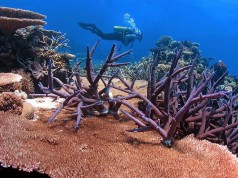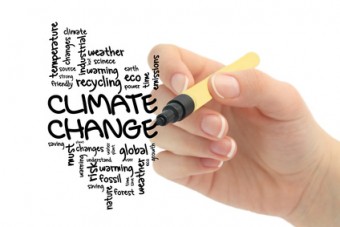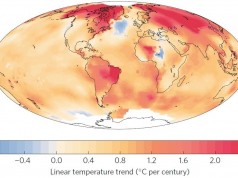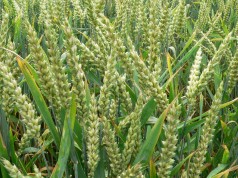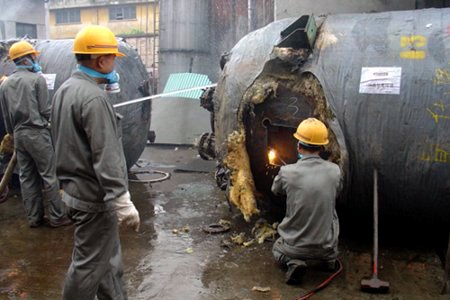Climate change already could add up to US $ 6.1 billion to future costs for public infrastructure in the US State of Alaska between now and 2030, for example, and while there are only a handful of studies and reports evaluating the economic impacts of permafrost degradation, these indicate infrastructure maintenance and repair costs will increase.
“Thawing permafrost represents a dramatic physical change with huge impacts to ecosystems and human infrastructure,” said Mr. Schaefer. “Individual nations need to develop plans to evaluate the risks, costs, and mitigation strategies to protect human infrastructure in permafrost regions most vulnerable to thaw.”
Recommendations
The report issues the following specific policy recommendations to address the potential economic, social and environmental impacts of permafrost degradation in a warming climate:
- Commission a Special Report on Permafrost Emissions: The IPCC may consider preparing a special assessment report on how carbon dioxide and methane emissions from warming permafrost would influence global climate to support climate change policy discussions and treaty negotiations.
- Create National Permafrost Monitoring Networks: To adequately monitor permafrost, individual countries may consider taking over operation of monitoring sites within their borders, increasing funding, standardizing the measurements and expanding coverage. This applies particularly to countries with the most permafrost: Russia, Canada, China and the United States. The International Permafrost Association should continue to coordinate development and the national networks should remain part of the Global Terrestrial Network for Permafrost.
- Plan for Adaptation: Nations with substantial permafrost, such as those mentioned above, may consider evaluating the potential risks, damage and costs of permafrost degradation to critical infrastructure. Most nations currently do not have such plans, which will help policymakers, national planners and scientists quantify costs and risks associated with permafrost degradation.
The report was written by, and in collaboration with, Kevin Schaefer, University of Colorado, Boulder, USA; Hugues Lantuit, Alfred Wegener Institute for Polar and Marine Research, Potsdam, Germany; Vladimir E. Romanovsky, University of Alaska Fairbanks, Fairbanks, USA; and Edward A. G. Schuur, University of Florida, Gainesville, USA.
Source: UNEP.
[Photo: A scientist standing in front of an ice-rich permafrost exposure on the coast of Herschel Island, Yukon Territory. © Michael Fritz]



